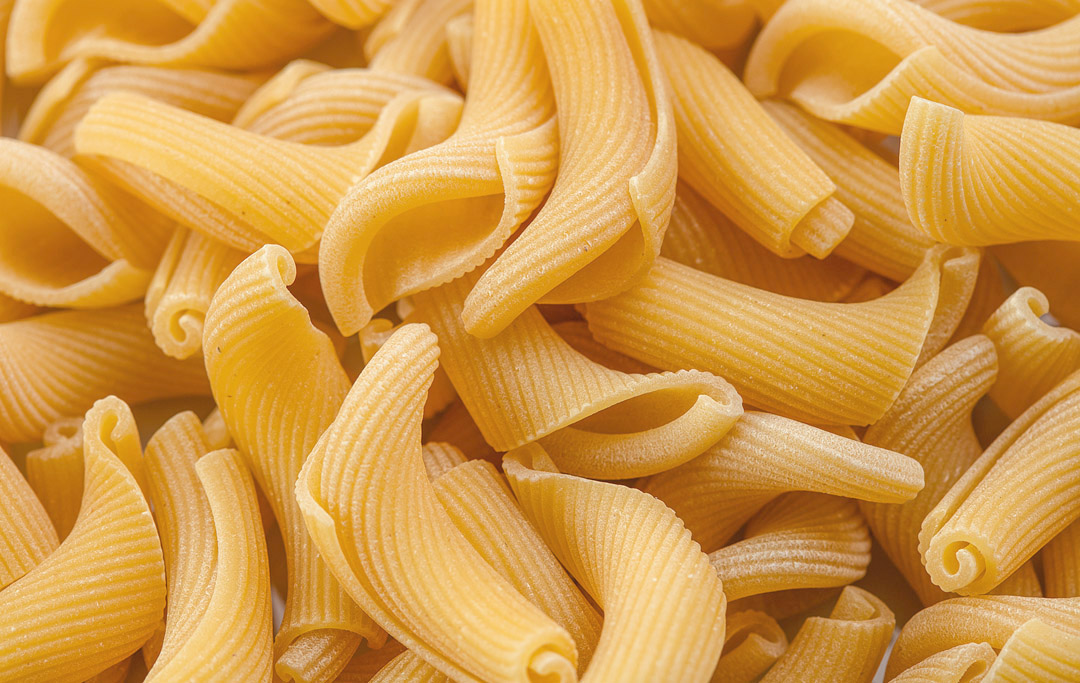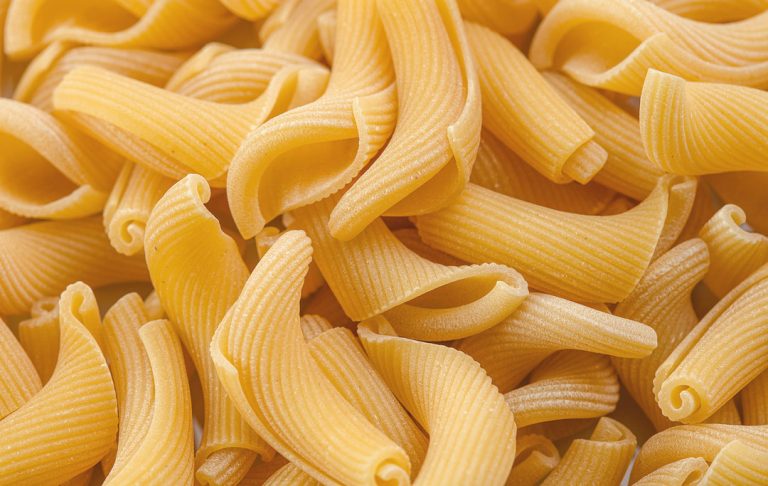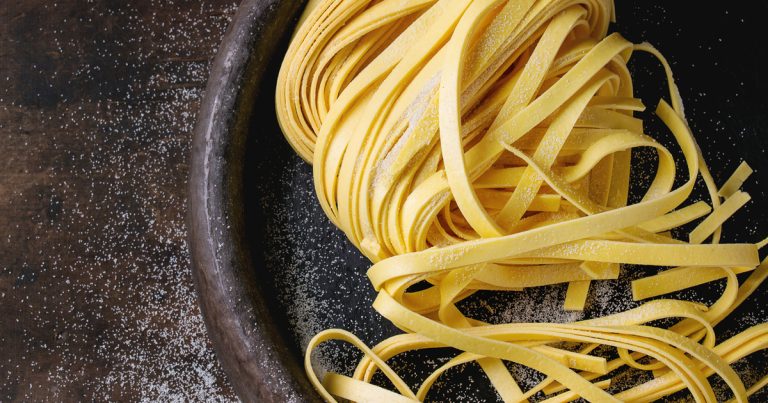Freezing pasta is a good solution if you misjudged your cooking. Here you can find out what you should keep in mind so that they still taste good after defrosting.
If you ever have pasta left over after cooking and eating, you don’t have to throw them away. They don’t last long in the fridge either. All the better that you can also simply freeze pasta.
Freezing pasta: This is how you prepare the pasta

Before you freeze pasta, there are a few things you should do to prepare.
Let the leftover pasta cool completely.
Pour into a container suitable for freezing. In order to protect the environment, you should not use single-use plastic utensils. You can easily freeze pasta without plastic using mason jars or stainless steel cans.
A cotton bag is best for freezing noodles: Fill it up and lay it flat in the freezer – this is how you get a noodle sheet. From this you can easily break out the required portions later.
Tip: To prevent the noodles from freezing into a large, indivisible lump, you can toss them in a little oil beforehand. Wet them well and then pour them into the jar.
Freeze and thaw pasta

Then store your pasta in your freezer or freezer.
By the way: If you are still looking for an energy-efficient appliance, take a look at our best list of freezers.
You then have a number of options for defrosting the frozen pasta:
Moisten the noodles with a little water and briefly heat them in the microwave.
Put the frozen noodles in lukewarm water and slowly thaw them.
To keep them tasting freshly cooked, simply place the frozen noodles in a pot of boiling water for 2-3 minutes.
Tip: You can also freeze leftover sauce in a separate container.




